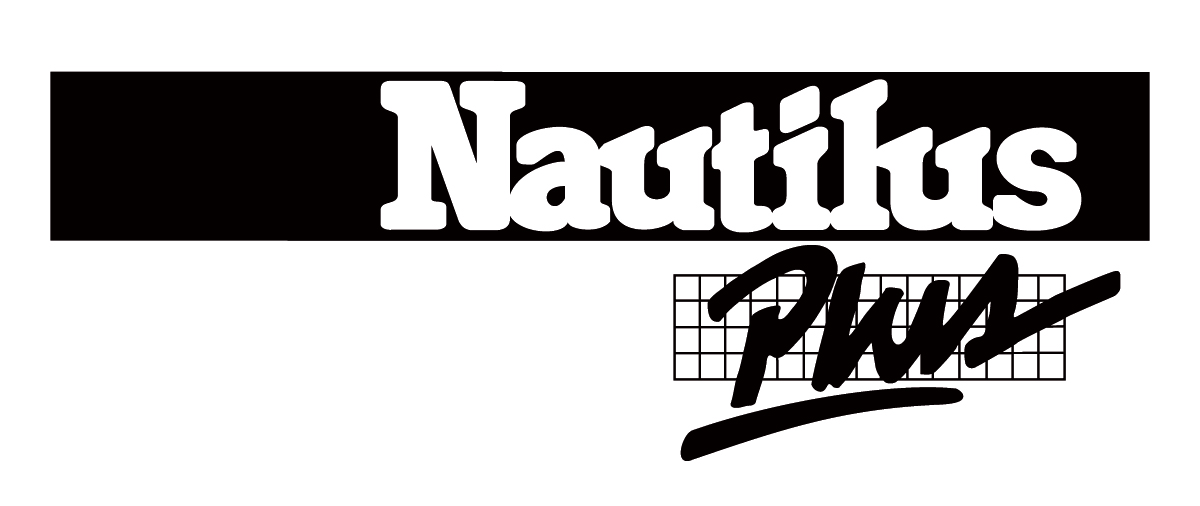
What is the Best Way to Reduce Muscular Soreness: Exercise, or Massage?
June 13, 2013 - By Karine Larose, M.Sc.
![]() 2 minutes
2 minutes
Muscular soreness is common, and happens when new exercises or exercises more intense than usual are performed. To reduce the pain and discomfort, some people stretch the painful muscles, while others take a warm bath or get a massage.
A study published in the Journal of Strength and Conditioning Research compared the effect of getting a massage to reduce muscle soreness against performing dynamic exercises for the same purpose. The results revealed that exercising to reduce soreness is an alternative just as effective as getting a massage. In other words, the next time you feel soreness, perform a training session instead of spending money for a massage!
Does lactic acid cause soreness?
First of all, we are speaking here of blood lactate rather than lactic acid. Moreover, no causal link has been established between the production of blood lactate and muscular soreness. The proof is that it is possible to feel soreness following a new cardiovascular exercise, such as running, where no blood lactate is produced. Lactic acid (lactate) has long been considered a metabolic waste product (produced during intense physical activity), but this proved to be untrue. On the contrary, lactate is transported into muscular mitochondria, these little factories that produce energy within the muscles, in order to be oxidized and produce energy. Lactate is also converted to glycogen (a form of sugar stocked in muscles), or even transported toward the liver to produce glucose.
In short, the muscle soreness felt after exercise is in fact caused by the micro-tears in muscle fiber and surrounding tissue. Although science has not yet grasped exactly how it works, muscular soreness is a normal reaction following a muscular effort more intense than usual, and is part of the regular process of physiological adaptation that leads to improved physical condition.
3 solutions to relieve muscular soreness:
1. Eat healthy, giving special attention to post-workout nutrition;
2. Perform physical exercise;
3. Rest and recover.
References:
1- Dr. Mercola’s website (Mercola.com), http://bit.ly/18B6UBw
2- Andersen, L.L. PhD; Jay, K. MSc.; Andersen, C. H. PhD; Jakobsen, M.D. MSc; Sundstrup, E. MSc; Topp, R.RN, PhD; Behm, D.G. PhD, Acute effects of massage or active exercise in relieving muscle soreness: Randomized controlled trial, Journal of Strength and Conditionning Research, March 2013. (Web link: http://journals.lww.com/nsca-jscr/pages/articleviewer.aspx?year=9000&issue=00000&article=97826&type=abstract
What is the Best Way to Reduce Muscular Soreness: Exercise, or Massage? is a post from Nautilus Plus. The Nautilus Plus blog aims to help people in their journey to fitness through articles on training, nutrition, motivation, exercise and healthy recipes.
Copyright © Nautilus Plus 2013

